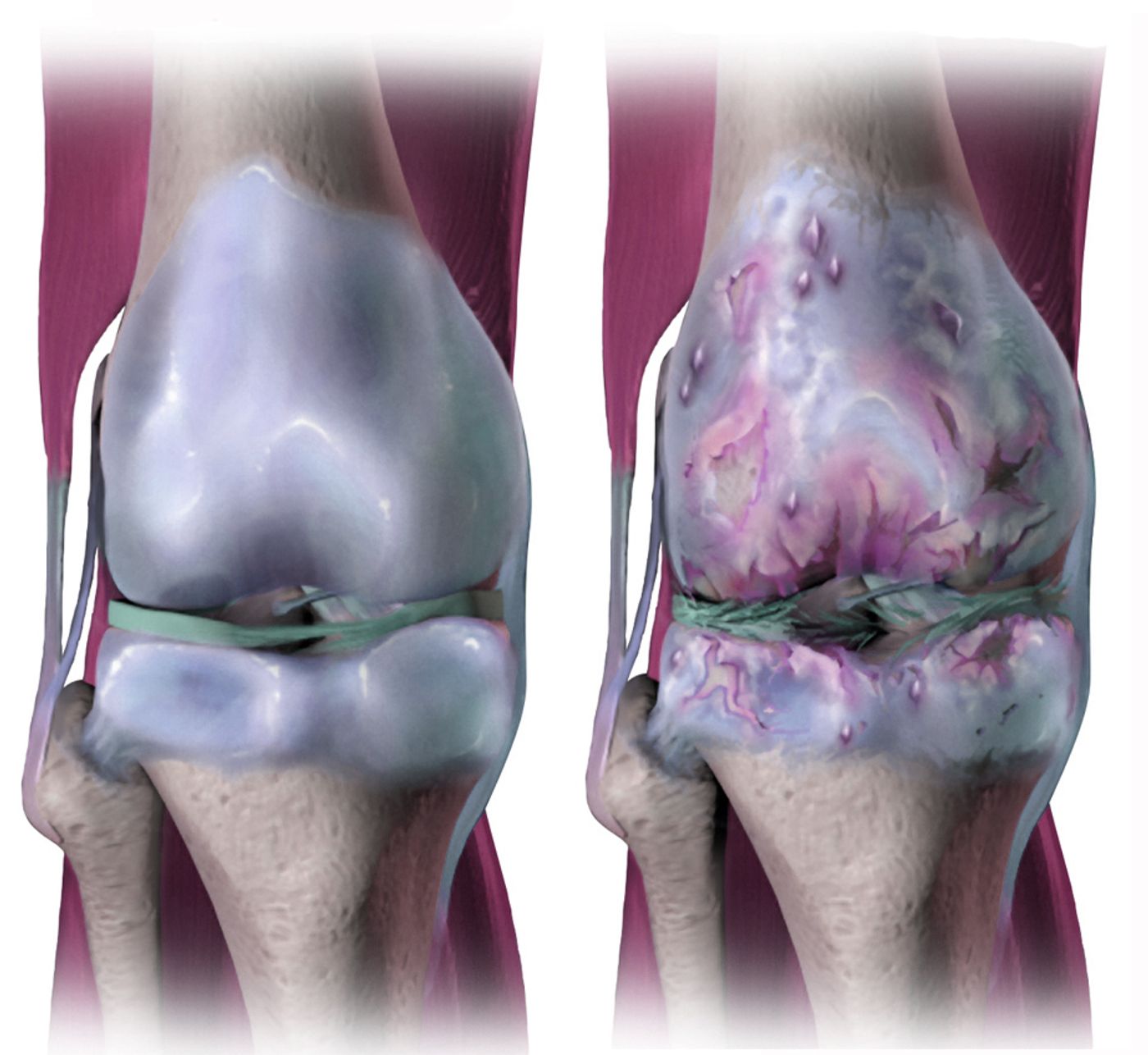New Nanopore Sensor Detects Molecule in Osteoarthritis
A new sensory tool to detect and diagnose inflammatory diseases measures and analyzes molecules as they pass single-file through a hole on a microchip that is five thousand times smaller than a human hair. Needless to say, the new technology, developed by researchers from the Wake Forest Baptist Medical Center, improves upon current methods in speed, accuracy, and sensitivity.
In the present study, scientists are using their new tool, called a “solid-state nanopore sensor,” to measure a molecule called hyaluronic acid (HA) to detect and diagnose osteoarthritis and other inflammatory diseases. The tool is “a new, quantitative method for the assessment of a significant molecular biomarker that bridges a gap in the conventional technology,” explained lead author Adam R. Hall, PhD.
HA is a molecule naturally produced in the body connected to processes like tissue hydration, inflammation, and joint lubrication. Depending on how much HA there is and where HA is detected in biological fluids, scientists can measure inflammation, which is associated with chronic inflammatory disorders like osteoarthritis.
Osteoarthritis is a degenerative joint disease, the most common chronic condition of the joints. Pain, stiffness, and swelling in the joints occurs when the cushion between the joints, called cartilage, breaks down. There isn’t one particular cause of osteoarthritis, but certain factors increase the likelihood that a person would develop osteoarthritis: overweight or obese, injury or overuse, and genetic predisposition. HA size distribution changes over time in osteoarthritis, so the new solid-state nanopore sensor could help better diagnose disease progression.
"By using a minimally invasive procedure to extract a tiny amount of fluid - in this case synovial fluid from the knee - we may be able to identify the disease or determine how far it has progressed, which is valuable information for doctors in determining appropriate treatments," Hall said.
Researchers tested the tool with synovial fluid samples from a horse model of osteoarthritis. The solid-state nanopore sensor was capable of determining the size distribution of just 10 nanograms of HA extracted from this sample.
Compared to the most widely used method for similar extractions, gel electrophoresis, the solid-state nanopore sensor showed improved sensitivity and speed. Additionally, the new tool only requires small samples, compared to gel electrophoresis, which “requires a lot of starting material.” Other tools, such as mass spectrometry and size-exclusion chromatography, are expensive and have limited precision.
Going forward, the researchers plan on studying the tool with human samples. Additionally, they plan on applying the tool with diseases other than osteoarthritis were HA and similar molecules are involved, including traumatic injuries and cancer.
The present study was published in Nature Communications.
Sources: Arthritis Foundation, Wake Forest Baptist Medical Center









